Greater transparency called for in Swiss use of medical imaging
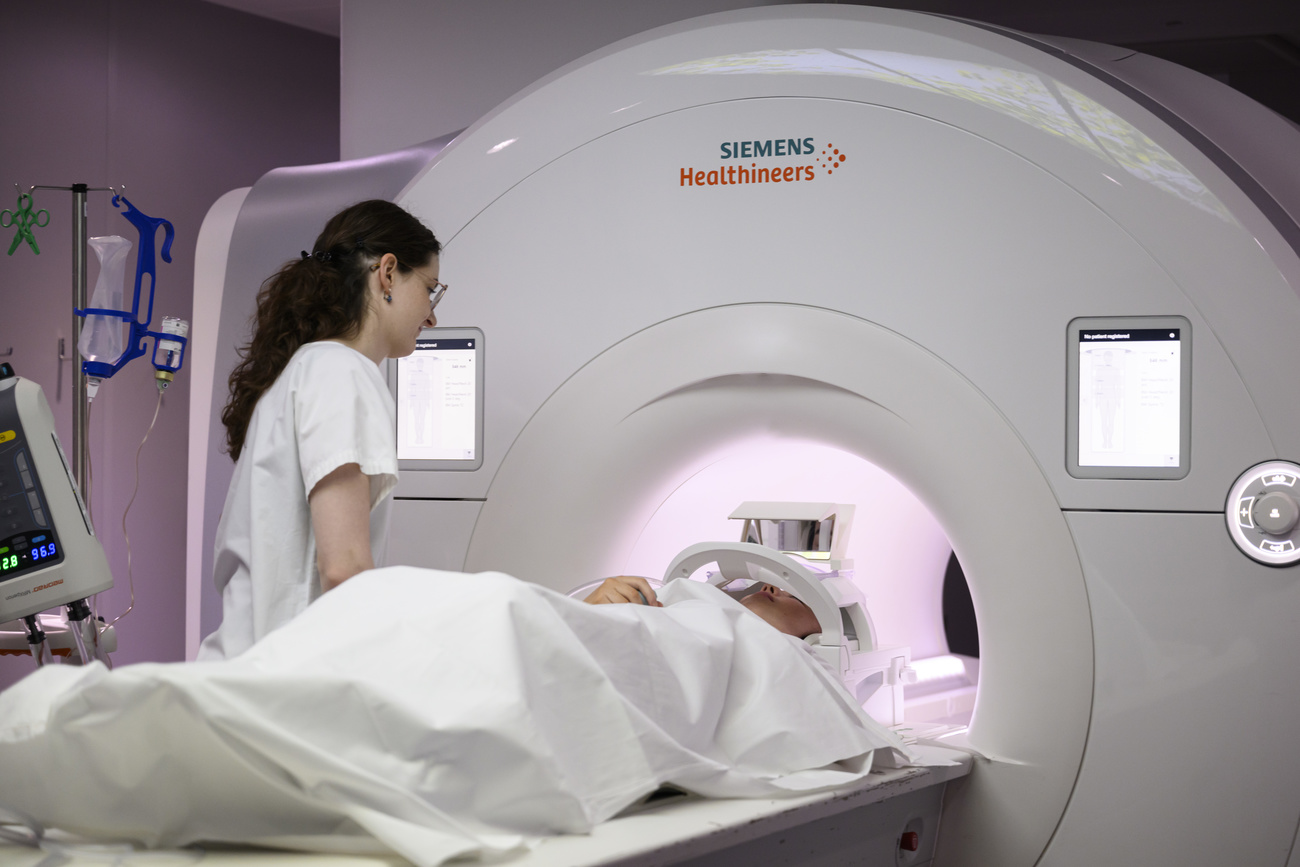
More and more scans, ultrasounds and MRIs: doctors are increasingly prescribing medical imaging tests, particularly in the French-speaking cantons.
+Get the most important news from Switzerland in your inbox
In a report published on Monday, the Swiss Federal Audit Office calls on insurers to exercise greater control in order to curb costs.
Spending on medical imaging has risen by an average of 5% in recent years, which is more than the rise in average outpatient costs over the same period.
The Swiss Federal Audit Office points the finger at a number of culprits: the doctors who prescribe the examinations, the TARMED (the current pricing system), which makes medical imaging particularly lucrative, and also the insurers, who are alleged to be carrying out inadequate checks on invoices because of gaps in the data. The report therefore recommends greater transparency.
+ Swiss medical services done abroad are billed at Swiss rates
Emmanuel Songra, the report’s supervisor, explained in La Matinale that “insurers don’t have the diagnosis, but they could see which GPs are sending patients more frequently for scans”.
For his part, Philippe Eggimann, vice-president of the umbrella organisation for Swiss doctors, acknowledges the increase in the number of examinations but puts its impact on healthcare costs into perspective. He points to France, where patients are having scans later in the course of their illness than in Switzerland, increasing healthcare costs as a result of more expensive treatments. In his view, it is therefore “useful to improve the documentation of how our healthcare system works”.
Regional disparities
The report also points to major regional disparities, with the cantons in French-speaking Switzerland leading the way in MRI and scanner examinations.
+ Richard Ernst, father of the MRI, dies aged 87
Although most cantons have already taken steps to cap the purchase of medical equipment, the report finds that the management of the system is unsatisfactory.
“Radiology institutes tended to over-equip themselves before the cap was introduced,” Songra said. “And they can also set up on the outskirts of cantons that do not have a needs clause. Supply often drives demand, he added: it is in the cantons with the highest premiums that supply is greatest.
What is your opinion? Join the debate:
Translated from French by DeepL/ts
How we work
We select the most relevant news for an international audience and use automatic translation tools such as DeepL to translate them into English. A journalist then briefly reviews the translation for clarity and accuracy before publication. Providing you with automatically translated news gives us the time to write more in-depth articles. The news stories we select have been written and carefully fact-checked by an external editorial team from news agencies such as Bloomberg or Keystone.
Did you find this explanation helpful? Please fill out the short survey below to help us understand your needs.
Don’t miss your chance to make a difference! Take our survey and share your thoughts.

In compliance with the JTI standards
More: SWI swissinfo.ch certified by the Journalism Trust Initiative
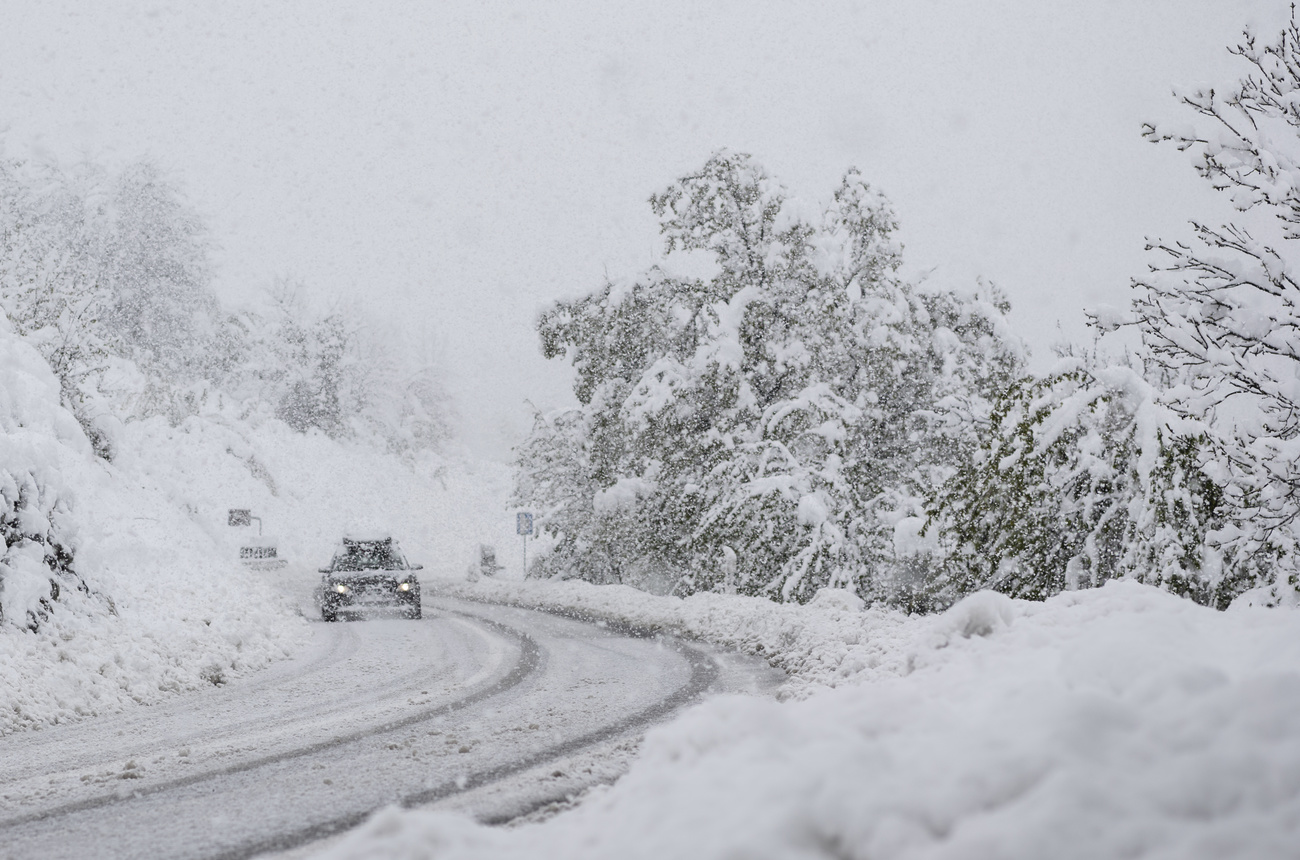



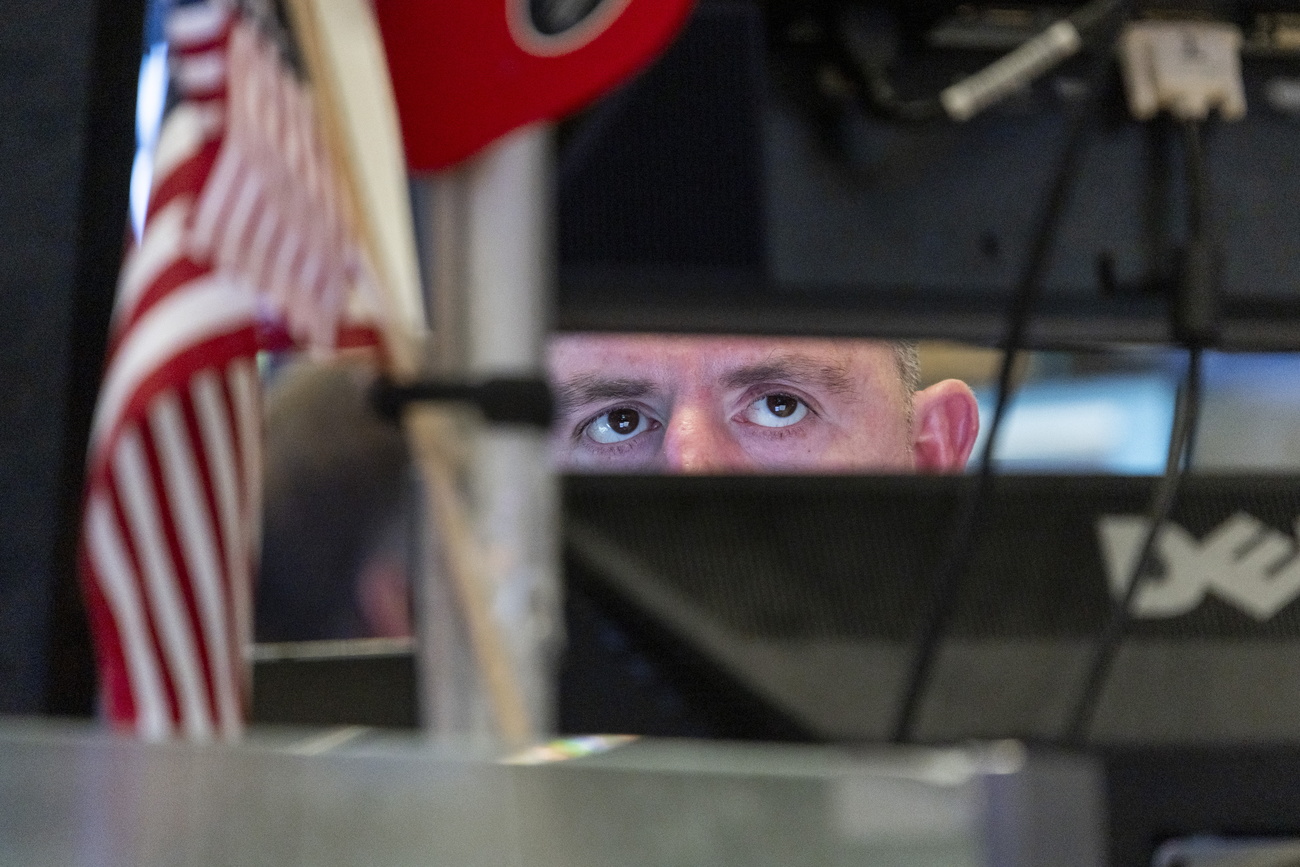


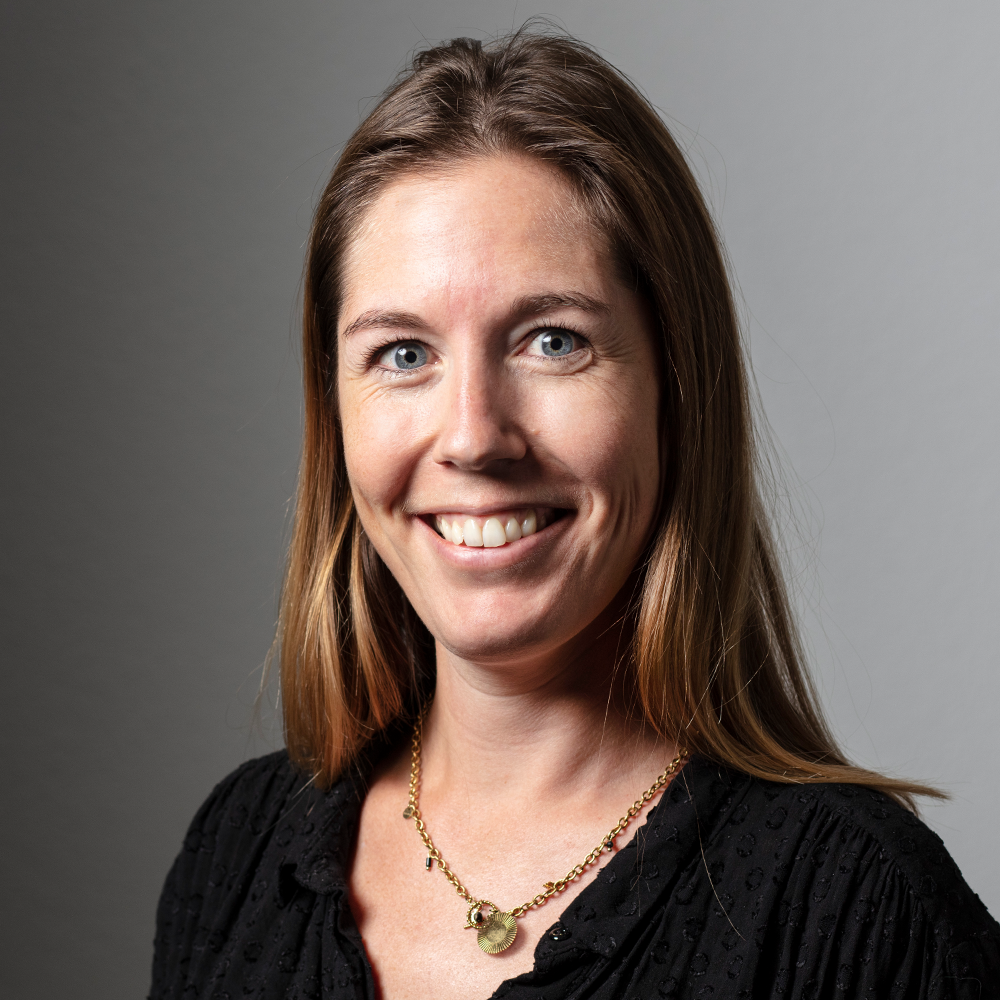





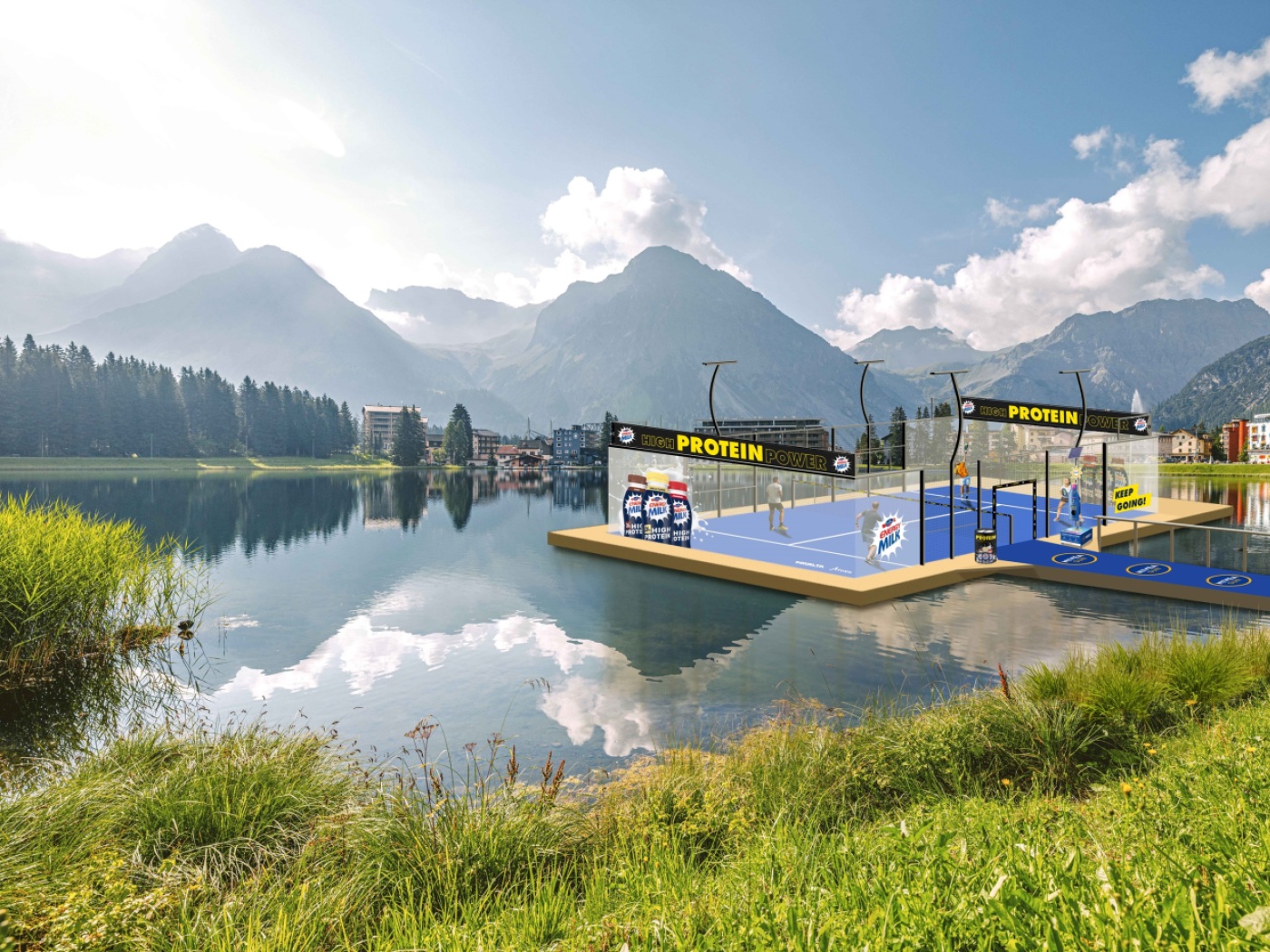




You can find an overview of ongoing debates with our journalists here . Please join us!
If you want to start a conversation about a topic raised in this article or want to report factual errors, email us at english@swissinfo.ch.